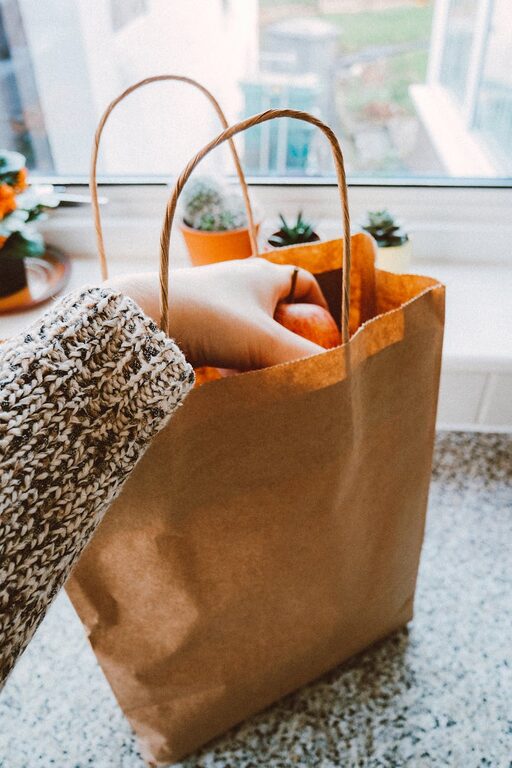Composting at home is a great way to reduce kitchen and garden waste while creating nutrient-rich soil for your plants. Whether you have a spacious backyard or just a small balcony, composting can be adapted to suit your needs. If you’re new to composting, this guide will walk you through the basics and provide practical tips to get started successfully.
What is Composting?
Composting is the natural process of recycling organic material such as food scraps and yard waste into a dark, crumbly substance called compost. This compost acts as a natural fertilizer, improving soil health and helping plants grow. By composting, you keep biodegradable waste out of landfills, reducing methane emissions and contributing to environmental sustainability.
Why Start Composting at Home?
– Reduces landfill waste: Composting lessens the amount of waste sent to landfills.
– Improves soil quality: Compost adds essential nutrients to your garden soil.
– Saves money: Reduces the need to buy chemical fertilizers.
– Encourages recycling: Turns kitchen scraps into valuable resources.
– Supports healthy plants: Enhances water retention and soil structure.
Getting Started: What You Need
Starting a compost pile or bin is easier than you might think. Here are some basic materials and tools to consider:
– Compost bin or pile: Choose a container suited to your space—options range from open piles to enclosed bins.
– Kitchen scraps: Fruit and vegetable peels, coffee grounds, eggshells.
– Yard waste: Grass clippings, leaves, small branches.
– Water: Moisture is vital for the composting process.
– Garden fork or shovel: For turning the compost.
Choosing the Right Composting Method
1. Traditional Compost Pile
Ideal if you have a backyard. You create a pile of organic waste and let nature do the work.
Pros: Large capacity, simple setup.
Cons: Can attract pests if not managed properly.
2. Compost Bin
Bins help contain the compost, speeding up decomposition and keeping pests out.
Pros: Neat and contained, faster breakdown.
Cons: Usually smaller capacity, may require turning.
3. Worm Composting (Vermicomposting)
Uses worms to break down organic waste quickly, suitable for indoor use or small spaces.
Pros: Fast, odorless, great for indoor use.
Cons: Requires worm care, not for large volumes.
What to Compost: The Green and Brown Materials
Successful composting requires a balance of “green” and “brown” materials.
– Green materials: Rich in nitrogen. Examples include vegetable scraps, coffee grounds, fresh grass clippings, and green leaves.
– Brown materials: Rich in carbon. Include dry leaves, shredded paper, cardboard, straw, and small branches.
A good ratio is roughly 2 parts brown to 1 part green to maintain the right conditions for decomposition.
What NOT to Compost
Avoid adding these to your compost as they can cause problems:
– Meat, dairy, and oily foods (can attract pests and cause odors)
– Diseased plants or invasive weeds (may spread problems)
– Pet waste (potential pathogens)
– Synthetic materials or plastics
Tips for Successful Composting
Keep It Moist but Not Soaked
Your compost pile should feel like a wrung-out sponge — damp but not dripping. Too dry, and decomposition slows; too wet, and it can smell bad.
Turn Your Pile Regularly
Aerating your compost by turning it with a garden fork every few weeks helps oxygen flow, speeding decomposition and reducing odors.
Chop or Shred Larger Pieces
Smaller pieces break down faster. Chop vegetable scraps and shred leaves before adding.
Monitor the Temperature
Compost piles generate heat. When active, the center can be quite warm (between 130–160°F). This is a good sign of healthy decomposition.
Be Patient
Composting can take anywhere from a few months to a year depending on materials, size, and conditions. Your finished compost will be dark, crumbly, and smell earthy.
Using Your Finished Compost
Once your compost is ready, use it to:
– Enrich garden beds or pots by mixing into soil.
– Mulch around trees and plants to retain moisture.
– Improve lawn soil by spreading a thin layer.
Troubleshooting Common Problems
| Problem | Cause | Solution |
|—————|——————————|———————————|
| Bad odor | Too wet or too many greens | Add browns and turn pile |
| Slow breakdown | Too dry or compacted | Add water and turn pile |
| Pests present | Meat or greasy food in pile | Remove offending materials |
| Compost too cold | Not enough green materials or moisture | Add greens and water, turn it |
Final Thoughts
Composting at home is a practical and rewarding way to care for the environment and your garden. Start small, adjust as you learn, and enjoy the benefits of sustainable waste management. With these beginner tips, you can build healthy soil and reduce your household waste at the same time.
Happy composting!

